calsfoundation@cals.org
Main Street Bridge (Little Rock–North Little Rock)
The Main Street Bridge was originally constructed in 1924 as a vehicular structure, replaced in 1973, and altered in 1998; it is one of six bridges linking the downtown areas of Little Rock (Pulaski County) and North Little Rock (Pulaski County).
As the downtown areas of Little Rock and Argenta (now North Little Rock) developed in the 1880s, it became apparent that a toll-free bridge independent of the railroad bridges across the Arkansas River was needed. Some people supported the idea of a bridge at the foot of Little Rock’s Main Street, while others thought it should start at Broadway. After years of debate and a series of bridge commissions, the Main Street site was adopted, and the Groton Bridge Company of Groton, New York, was selected to build a 1,670-foot-long, 24-foot-wide fixed-span bridge situated high enough that it would not impede river traffic. The “Free Bridge” was dedicated with much fanfare on July 5, 1897.
Twenty years later, increasingly heavy local traffic from the burgeoning downtowns, amplified by military traffic during World War I, exceeded the capacity of the Free Bridge. Engineers recommended that a new bridge be constructed, and local businessmen urged that it be located at the foot of Broadway. In August 1917, Pulaski County officials created the Main Street District and the Broadway District to oversee construction of two spans—one beginning at Broadway and the other replacing the Free Bridge with a new concrete bridge near Main Street. The county allocated $225,000 to each district. Historian Bryan McDade observed that the districts “proceeded independently of each other. However, the two districts did try to use the same contractor to build the bridge, and cut costs by ten percent.”
After considerable debate about how the bridges would be paid for and whether one should be constructed independent of the other, on March 2, 1920, a combined Main Street–Broadway Commission accepted a bid from the Missouri Valley Bridge and Iron Company of Kansas City, Missouri, to build both bridges. The Broadway Bridge would be erected first so that the increasingly feeble Free Bridge could continue to allow limited traffic between the two cities. Construction of that bridge started on October 22, 1920, and it was dedicated with an elaborate parade on March 14, 1923.
The old Free Bridge was closed as soon as the Broadway Bridge opened, and construction on the new Main Street Bridge began immediately. The project consumed 820,000 board feet of lumber, 200,000 pounds of steel, 22,400 barrels of cement, 18,500 cubic yards of crushed stone, and 300,000 pounds of bolts, nails, and caisson steel. Work on the graceful, arched structure—using plans by noted Indianapolis, Indiana, bridge designer Daniel B. Luten—progressed rapidly, though the Arkansas Gazette did note that construction was delayed a total of three months “by high water at various times and by heavy rains.”
The Main Street Bridge’s May 22, 1924, dedication began with a parade that started in Little Rock and crossed the Broadway Bridge into North Little Rock before returning to the capital by crossing the new bridge. Former governor George Donaghey, Governor Thomas McRae, and bridge designer Luton all gave speeches before the bridge was turned over to Rear Admiral Sumner E. W. Kittelle, representing the U.S. Navy. A World War I memorial, presented by the Nicholas Headington Chapter of the United Daughters of 1812, was added to the bridge on November 11, 1924. The memorial would be relocated to the MacArthur Museum of Arkansas Military History in Little Rock seventy-four years later.
Development of the McClellan-Kerr Arkansas River Navigation System required alterations to both the Broadway and Main Street bridges. Two concrete arches on the Broadway Bridge were demolished and replaced with a new steel through-arch, a project completed by February 1973. The Main Street Bridge would be replaced with a new structure downstream from the 1924 bridge, which was blown up on April 10, 1973. The Martin K. Eby Construction Company of Wichita, Kansas, built the new, four-lane bridge. New northbound lanes were opened on May 23, 1972, before the 1924 bridge was demolished. The southbound lanes were opened to traffic on August 15, 1973.
In the 1990s, expansion of the Statehouse Convention Center required that the bridge’s southbound lanes be relocated to connect with Scott Street instead of Main Street. The lanes were closed on January 12, 1998, and the East-Harding, Inc., and Hensel Phelps construction firms undertook the project, with the lanes reopening to traffic on September 30, 1998. The bridge project was part of the $22.5 million Statehouse Convention Center expansion project.
For additional information:
“All Is Ready for Bridge Dedication.” Arkansas Gazette, May 18, 1924, p. 14.
McDade, Bryan. “The Six Bridges at Little Rock: Understanding the Historical Significance and Relevance of the Six Bridges that Span the Arkansas River at Little Rock.” MA thesis, University of Arkansas at Little Rock, 2004.
“New Entrance to Little Rock.” Arkansas Democrat, August 15, 1973, p. 2A.
“Reconfigured Main Street Bridge Reopens Today, Ahead of Schedule.” Arkansas Democrat-Gazette, September 30, 1998, p. 3B.
Mark K. Christ
Central Arkansas Library System
 Divergent Prosperity and the Arc of Reform, 1968–2022
Divergent Prosperity and the Arc of Reform, 1968–2022 Transportation
Transportation Free Bridge
Free Bridge 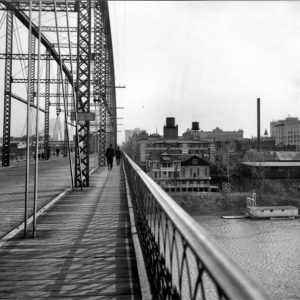 Free Bridge
Free Bridge 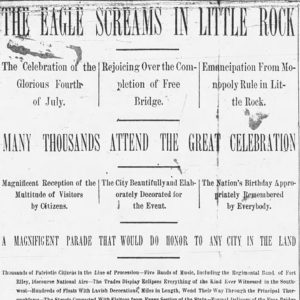 Free Bridge Flyer
Free Bridge Flyer 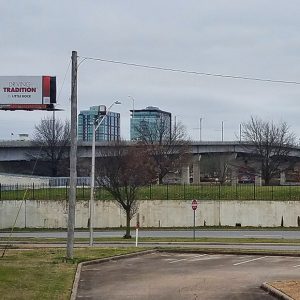 Main Street Bridge
Main Street Bridge 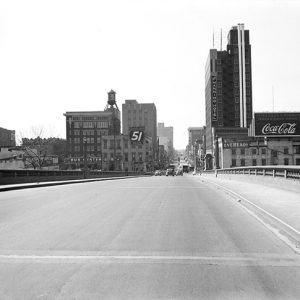 Main Street Bridge - Looking South
Main Street Bridge - Looking South 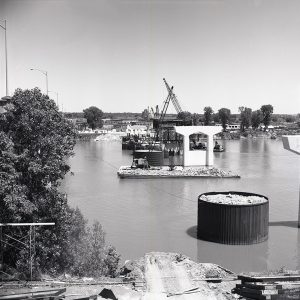 Main Street Bridge Construction
Main Street Bridge Construction 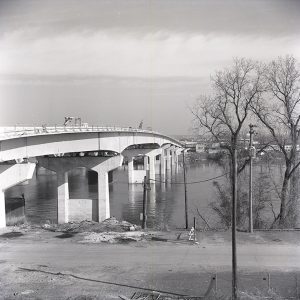 Main Street Bridge Construction
Main Street Bridge Construction 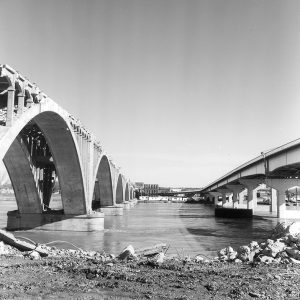 Main Street Bridge Construction
Main Street Bridge Construction 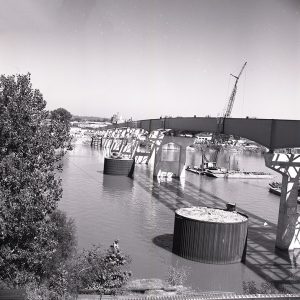 Main Street Bridge Construction
Main Street Bridge Construction 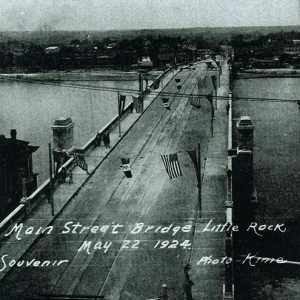 Main Street Bridge Grand Opening
Main Street Bridge Grand Opening 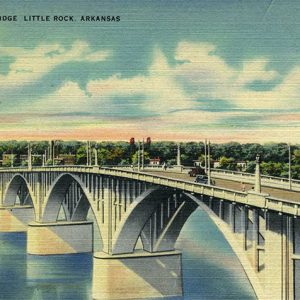 Main Street Bridge Postcard
Main Street Bridge Postcard 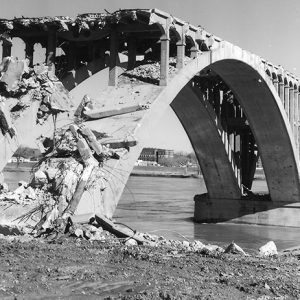 Old Main Street Bridge Demolition
Old Main Street Bridge Demolition 




I thought it was very interesting to learn the history of the bridge. I would like to see how they construct them over water.